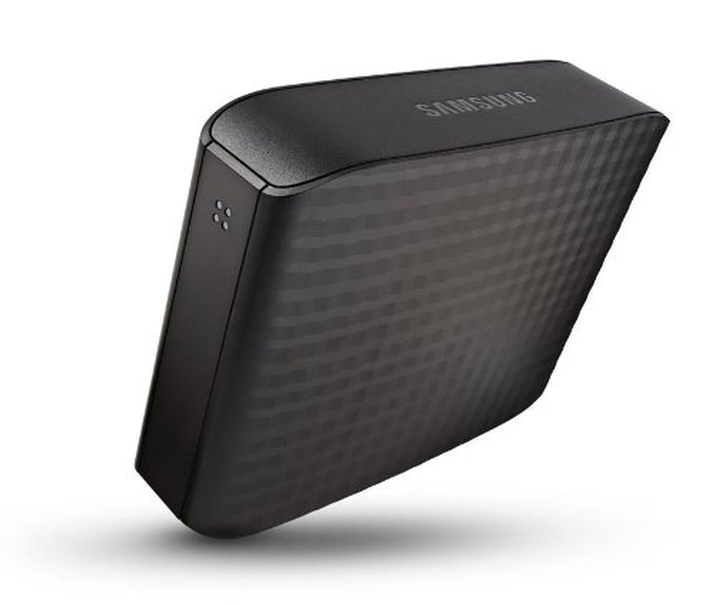Aside from enormous backup files, it’s a virtual certainty that the files clogging up your hard drive are videos. Here we offer some suggestions on how to archive video files and free up disk space. Video files are a particular problem if you’ve got a relatively small capacity SSD in your laptop, since there’s no secondary hard drive on which to offload them. (See also: Recover deleted files for free: recover lost data.)
How to archive video files: External hard drive
By far and away the best solution for storing video is on an external hard disk. With big capacities and low prices, this is the most sensible option for most people. Within there are a few different routes you can follow. The most obvious is to buy an off-the-shelf external USB drive with the largest capacity you can afford. For less than £100 you can buy a 4TB desktop drive, which should be enough to last most people a good few years. If your PC or laptop has a USB 3 port, it’s well worth paying a bit extra for a hard drive with a faster USB 3 connection.
If your video collection is bigger than this, you might want to consider a USB hard drive dock, again opting for a USB 3 version if your computer supports it. These allow you to plug in standard internal SATA hard drives, so you can simply pop in another drive when one fills up. It also means you can buy hard drives as you need them – with prices ever decreasing you’ll always get more space for your money.
How to archive video files: DVD and Blu-ray
It’s possible to archive video on DVDs or Blu-ray, but this isn’t as fast nor convenient as an external hard drive. Even dual-layer DVDs are rather limited in capacity, storing around 8GB. If your computer has a Blu-ray drive, make sure it can write to these discs before buying any BD-Rs, since many drives are merely readers. A single-layer writable Blu-ray disc can store 25GB, and costs around £1. Dual-layer BD-Rs store 50GB, but cost around £4-5 each, so are obviously poorer value. Bear in mind that these are not re-writable, so you can’t erase them and burn new videos later. All you can do is append files if there’s free space and you don’t finalise the disc when you burn the first batch of files to it.
How to archive video files: pitfalls to avoid
Always make sure you archive your videos at the maximum quality, and don’t be tempted to compress them or save them at a lower resolution to save space: you’ll regret that in the future. No archival or backup method is guaranteed. Hard drives can fail, as can DVDs and Blu-ray discs. If you want to ensure the maximum safety for your videos, make more than one copy on a separate disc or drive, and keep them physically separate to safeguard from fire, flood, theft or any other hazard. You could alternatively opt for a NAS drive with multiple redundant hard drives, but this won’t protect your backups against theft, fire or floods of course. It can be a good idea to use a mixture of local and cloud backups, but you’ll have to pay a fair amount for even 1TB of cloud storage. Also, be aware that hard drives and writable discs degrade over time, so you should plug in a hard drive at least once per year to maintain data integrity. The lifespan of optical discs varies, so you should check that the disc is readable once per year, and copy its contents to a new disc every five years. Standards change, too, so you can’t bury a hard drive and expect to be able to connect it to a computer in 25 years’ time, and the same goes for optical discs. See also: The ultimate guide to backup – how to back up your PC and laptop Jim has been testing and reviewing products for over 20 years. His main beats include VPN services and antivirus. He also covers smart home tech, mesh Wi-Fi and electric bikes.


